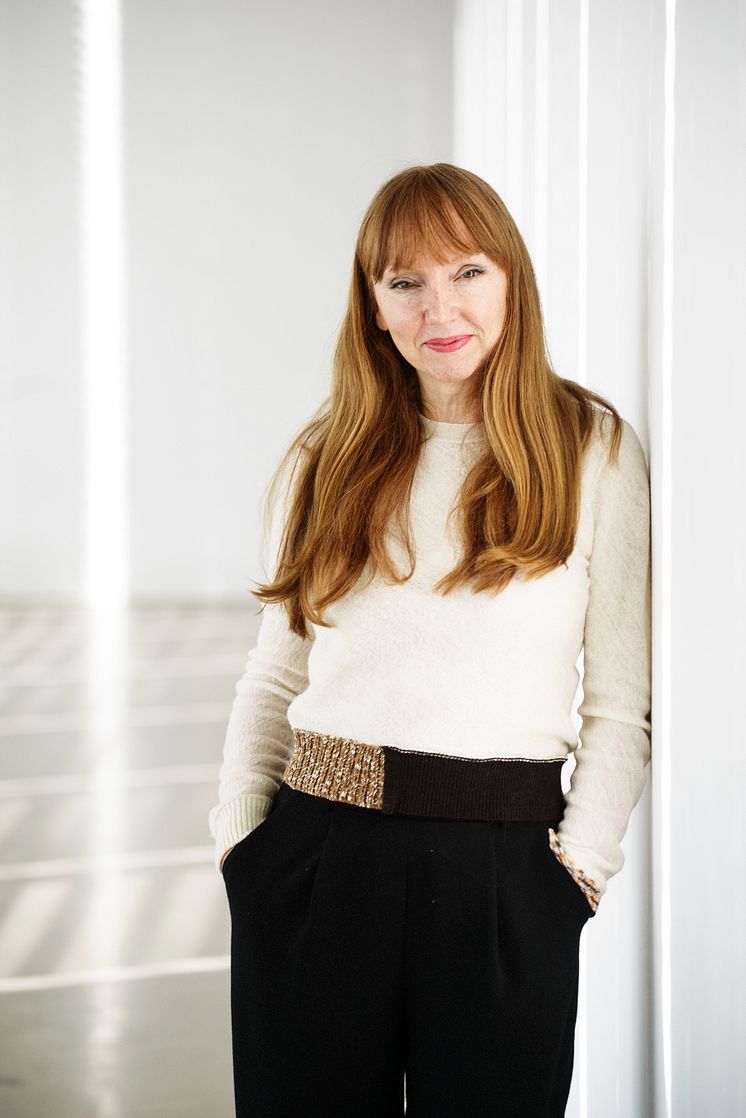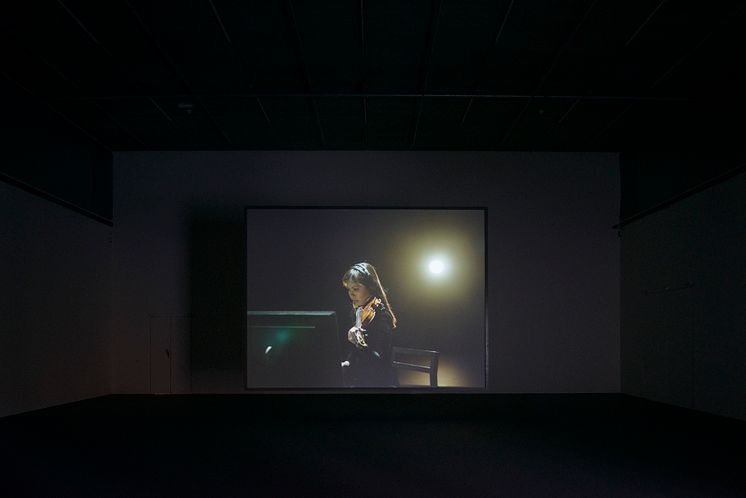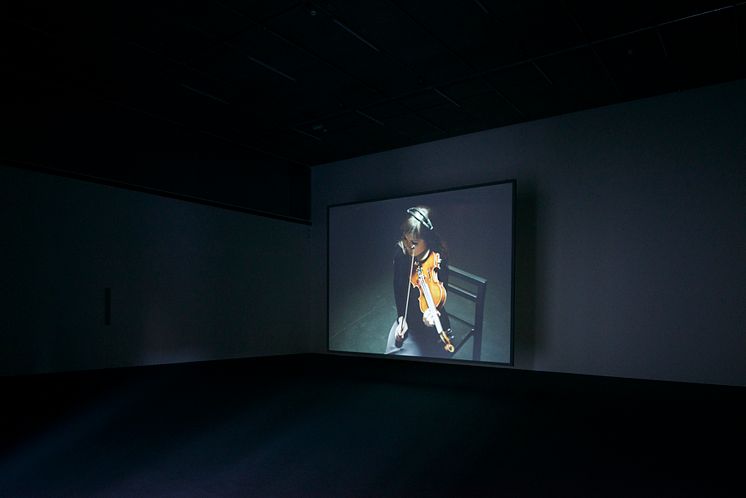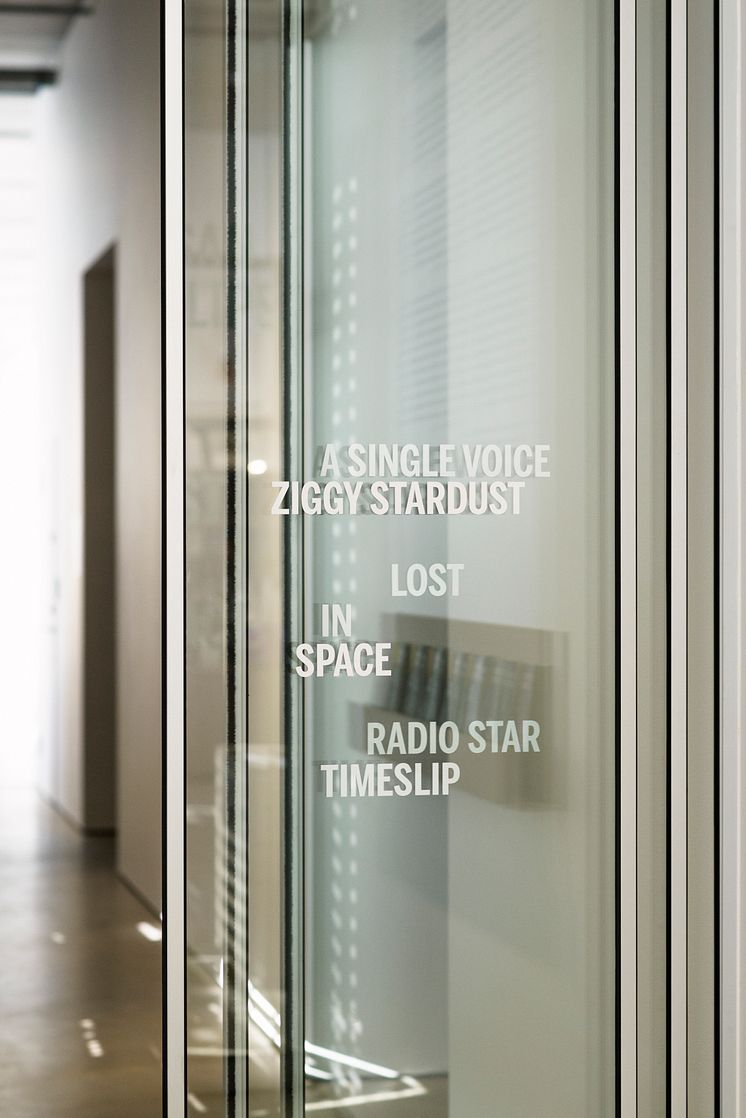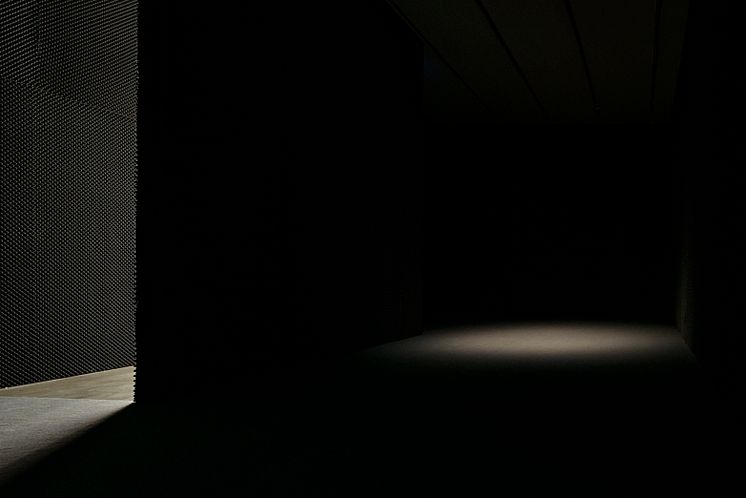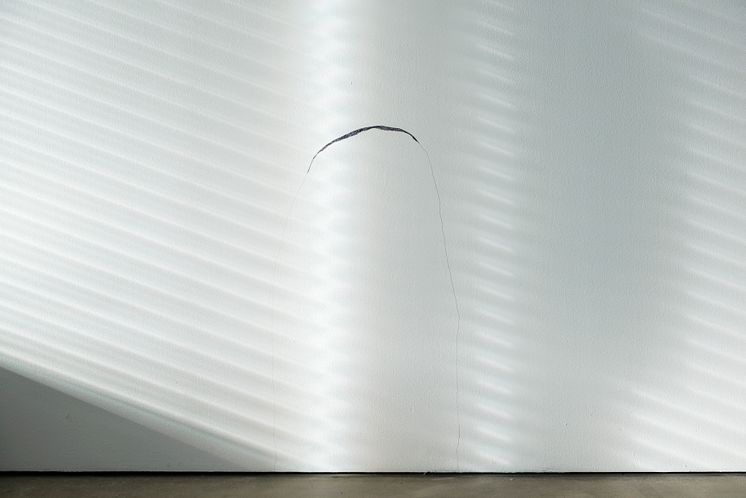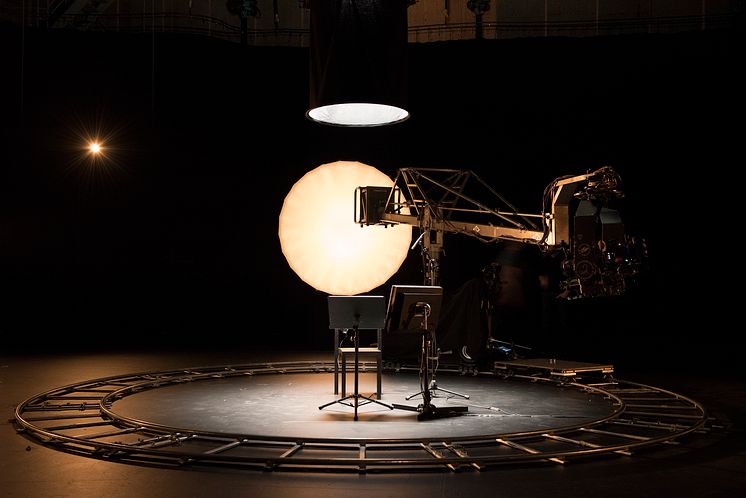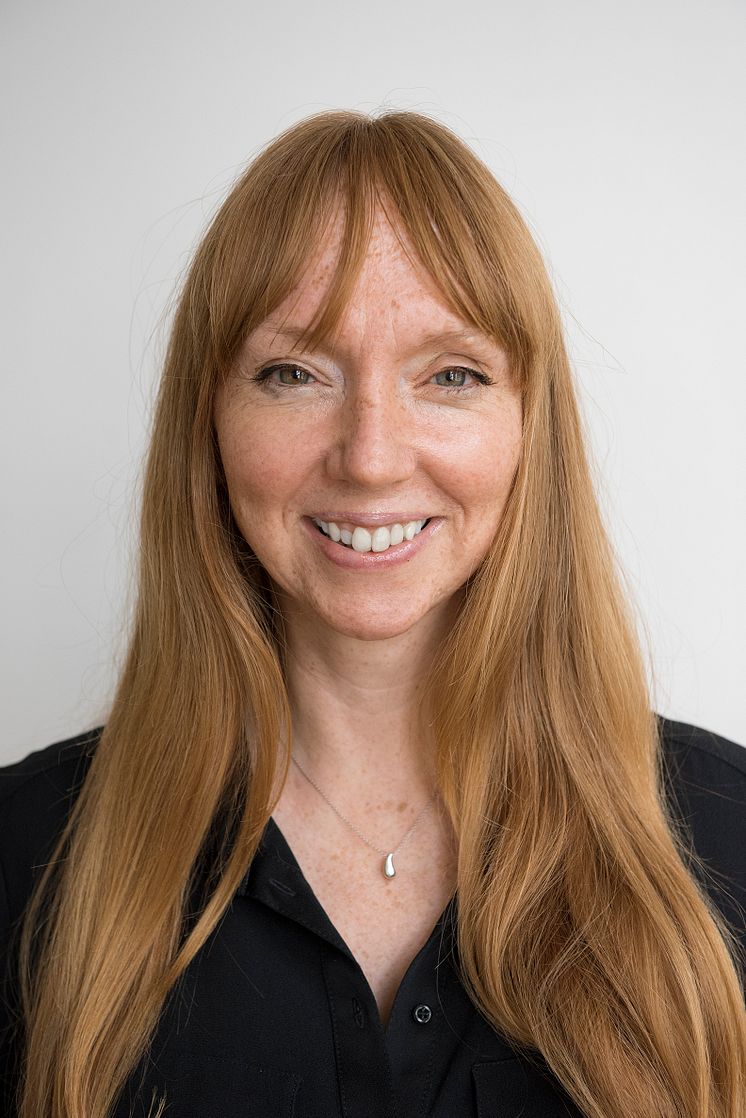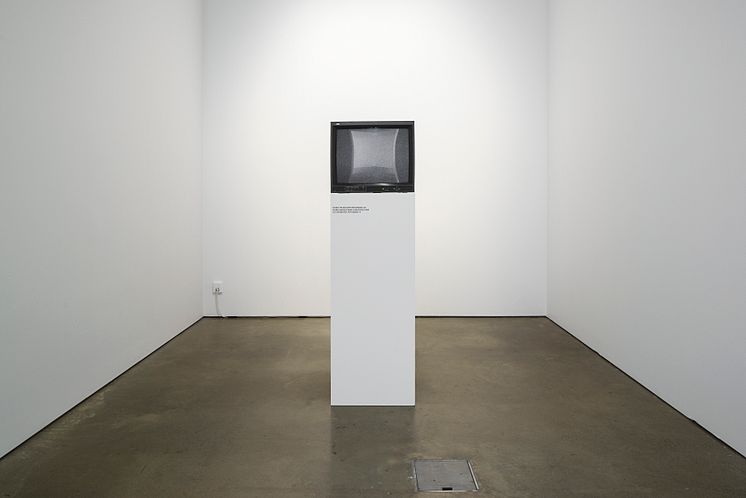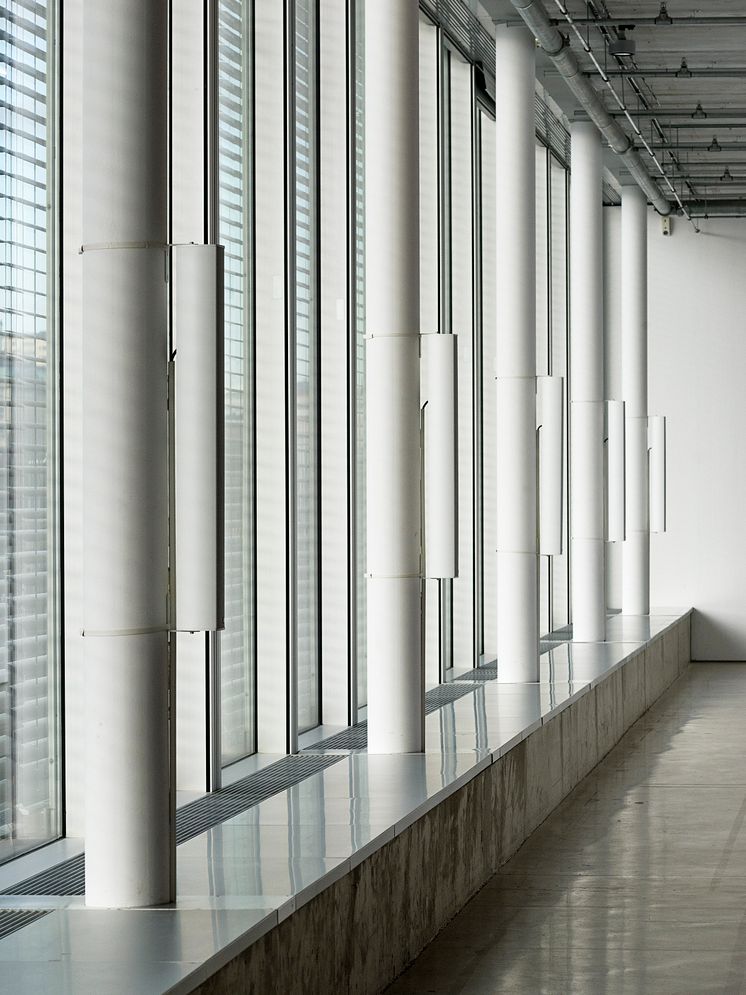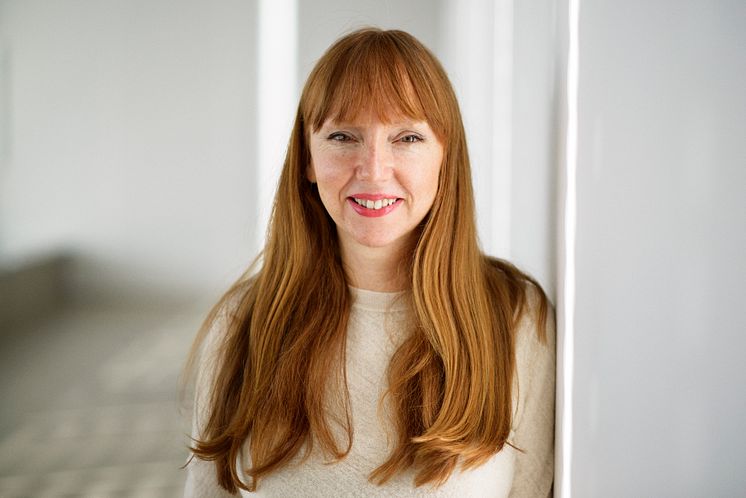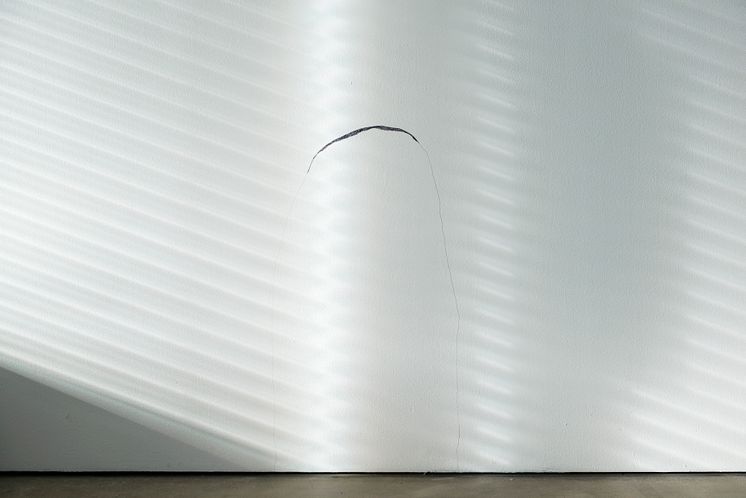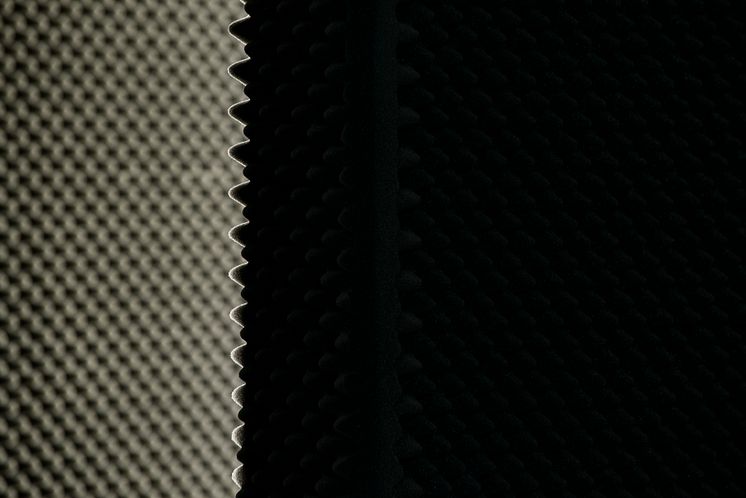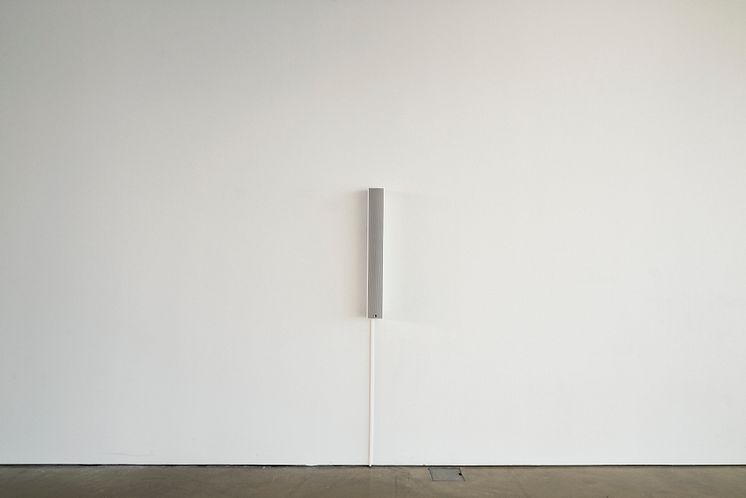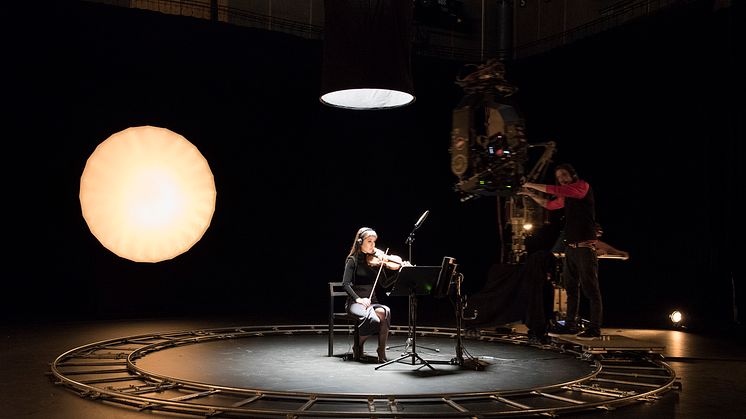
Pressmeddelande -
LOST IN SPACE - Large solo exhibition featuring Susan Philipsz opens 22 February 2017
Bonniers Konsthall proudly presents a solo exhibition with artist Susan Philipsz, Bonniers Konsthall’s 2017 guest artist. Scottish artist Susan Philipsz uses sound as her medium, her voice or a variety of instruments as tools. Creating sound structures in the exhibition space, Philipsz unveils a song, production or composer’s forgotten story, as well as presenting the physical room or space in which the piece is exhibited in a new light. Philipsz’s sound installations often find their way outside of the art institution, residing in public spaces the world over. Railway stations, churchyards, bridges and bodies of water reappear time and again, with loss, longing and hope playing a central role in her world-renowned, influential art.
As Bonniers Konsthall’s 2017 guest artist, Susan Philipsz embarked on her journey to create a new installation for the Konsthall by seeking inspiration from a key Swedish literary and opera work – the space opera Aniara. This installation is also Philipsz’s most extensive film production to date, and was produced on site in Sweden, with cinematographer Gösta Reiland and producer Nils Ljunggren.
Harry Martinson’s epic Aniara continues to be as relevant today as when it was first released back in 1956. The story takes place on the enormous spacecraft Aniara, which is carrying 8,000 people from Earth to Mars, as Earth has been damaged by environmental destruction and nuclear war. Along the way Aniara gets lost and travels out of our solar system, into the unknown. We follow the people trapped on board the doomed spacecraft as they confront the fact that there is no escape – their being rescued is impossible.
The opera itself was written by Karl-Birger Blomdahl, the leading modernist composer in Swedish musical history. Last year marked the centennial of his birth. Under his direction, Aniara became the first opera to include electronic music along with jazz, cabaret, hymns and twelve-tone music. The libretto was written by author Erik Lindegren.
In this site-specific work, Susan Philipsz employs a method she has used in several of her previous installations, where she isolates the string sections of a composition and then records them separately, note by note. In this new film the camera encircles a solo violinist playing the first violin’s part from Aniara, note by note. Each note is assigned its own individual speaker within the Konsthall. Silence and breaks in the recording replace the sounds which are otherwise played by the other instruments. The resounding tones become a sort of Morse code travelling through space, issued from a distressed astronaut.
A series of both older and newer works, those which delve into the central work’s interpretation of humanity’s attempt to communicate across vast distances and the dangerous lure of infinite space, are also presented at the exhibition. Radio Star, a nod to Karl-Birger Blomdahl’s sound and image composition Altisonans, comprises the sound of rotating pulsar neutron stars, recorded by a radio telescope. The pulsating sound is reminiscent of the vast infinity of space. In the exhibition, this is placed in stark contrast against the intimacy, the human closeness in her earlier work, Ziggy Stardust. In this previous work, Susan Philipsz sings the songs from David Bowie’s legendary album The Rise and Fall of Ziggy Stardust and the Spiders from Mars to herself. Her solitary voice magnifies the apocalyptic tale the album is telling, that of the lone alien who becomes a rock star on a doomed Earth. We are all alone as we move through an infinite space, just as the crew onboard Aniara, who danced themselves to death in a lost spacecraft floating directionless through space.
The Konsthall’s library will contain a variety of material on the exhibition’s background and the key figures we meet in Susan Philipsz’s work. Additional in-depth material relating to Harry Martinson, Karl-Birger Blomdahl and Susan Philipsz will be presented here in the form of books, newspaper clippings, pictures, film and sound.
Bonniers Konsthall and Art and Theory Publishing will release a vinyl box set, featuring a selection of text and images, to accompany the exhibition. A programme of musical performances and seminars will also run alongside the exhibition.
Born in Glasgow, Scotland, in 1965, Philipsz currently lives and works in Berlin, Germany. She has exhibited extensively, including at Kunsthaus Bregenz, Tate Modern, Hamburger Bahnhof and MoMA New York. Her exhibition at Bonniers Konsthall will run from 22 February to 7 May 2017. Sara Arrhenius is in the role of curator.
Kategorier
Bonniers Konsthall, located in central Stockholm, is a place for Swedish and international contemporary art. Since first opening its doors in 2006, Bonniers Konsthall has exhibited and discussed art from the world over.

